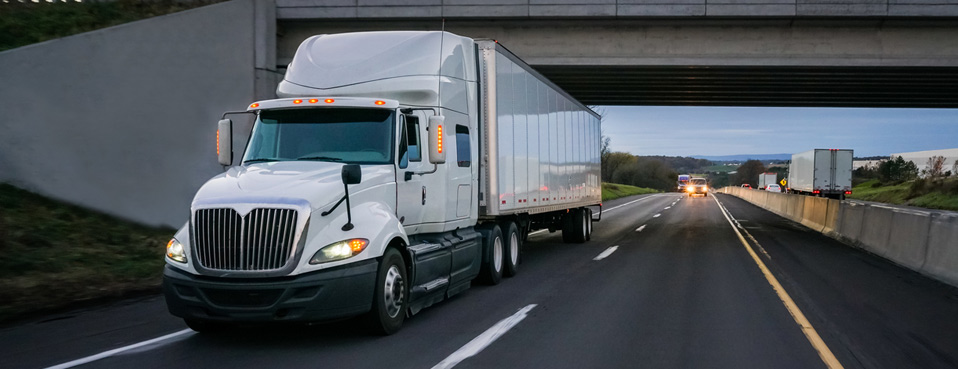Working Smarter: Maximizing Time Behind the Wheel
Most truck drivers get behind the wheel of their rig for the love of the open road. The job of hauling freight provides a sense of freedom for the driver, along with the opportunity to see new places. However, driving through the mountains to then face the ever-growing mountain of paperwork at the end of a shift is not what they signed up for. So how do we maximize time behind the wheel?
Today, it’s about finding ways to work smarter and for truck drivers; that means eliminating the dreaded administrative duties associated with each load of freight they haul and getting back to what counts for them – driving.
Technology at the Wheel
As more freight companies look to streamline the workload for drivers, technology in the cab is now a critical piece of the equation. The use of devices like smartphones, tablets, electronic onboard recording devices, and mobile data terminals known as MDTs are all designed to make the trucker’s work environment more efficient.
Companies are reporting a direct link to driver retention after installing devices such as MDTs in their fleet of trucks to help drivers better manage paperwork. In addition to streamlining the paperwork process, technology has also afforded better communication between the driver and dispatcher which is beneficial to all.
Detours and Destinations
And keeping drivers working is paramount to make sure goods reach the marketplace with ease. According to the American Trucking Association, the industry reports a shortage of 25,000 drivers with turnover rates for long-haul drivers nearly 100 percent in the past year as demand for hauling services is on the rise.
A number of companies have implemented a variety of incentives to motivate drivers to stay onboard. Incentives include paying bonus to drivers for meeting production, safety, and fuel efficiency goals. The focus of goals like these is to highlight things that the driver can do to work smarter on the road.
For instance, a driver who logs a set amount of miles without any safety issues may be recognized by the company and receive a cash bonus along with other perks.
Rules Of The Road
The implementation of the federal hours-of-service regulations has made it necessary for drivers to pay closer attention to their time behind the wheel.
The mandate by the Federal Motor Carrier Safety Administration restricts a driver’s time on the road using several guidelines:
- 8-Hour Limit: This clock is based on consecutive hours and is inclusive of the Driving status and other time including any breaks that are less than 30 minutes. You must stop driving once you’ve reached 8 hours past the end of your last break of at least 30 consecutive minutes.
- 11-Hour Limit: The clock is tied to your driving status. You cannot exceed 11 total hours of driving from your last 10 hour restart.
- 14-Hour Limit: A clock tied to On-Duty and Driving statuses. You cannot exceed 14 hours of combined time of On-Duty and Driving since your last 10 hour restart. A helpful tip may be to think of Driving as a sub-category of the On-Duty status.
- 60/7 or 70/8 Limit: Both clocks are connected to On-Duty and Driving statuses. The key with time here is not to exceed a combined 60 hours in a 7 day period, or 70 hours in an 8 day period.
Additional rules are embedded in each of the timelines which all operate on independent clocks, further limiting drivers. Keeping up with these clocks and knowing the limiting factor can be challenging. Trucking companies are employing a variety of methods to help remind individual drivers of their available hours.
Technology in trucks, which can keep track of HOS, also allows dispatchers to communicate better with drivers to adjust routes as needed to decrease idle time and get them back on the road. iGlobal, LLC offers two designs of mobile data terminals (or MDTs) to address some of these specific technology needs for the trucking industry. Our MDT aids drivers in a number of ways to help them work smarter and more efficiently.
So whether it’s using technology, finding ways to recognize drivers or implementing new safety guidelines, the goal is to help drivers maximize their time so that they can get back behind the wheel and head for the open road. Let us know how you work smarter on the road! Chat with us on Twitter at @iGlobal_llc.


